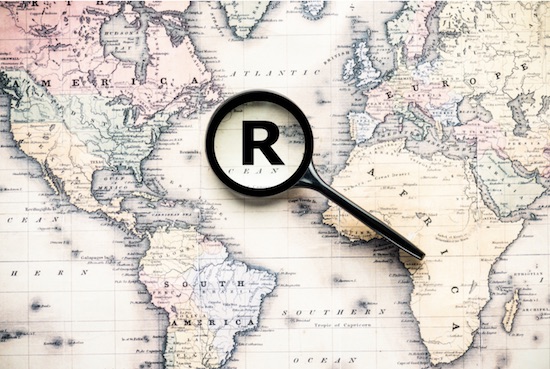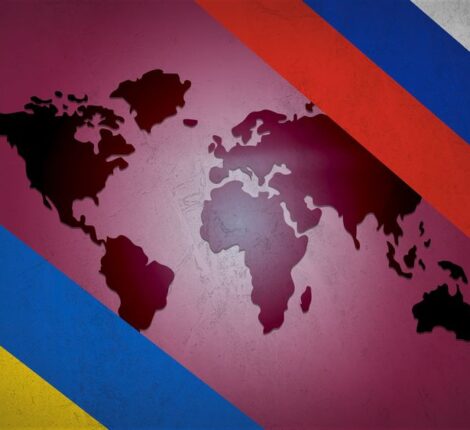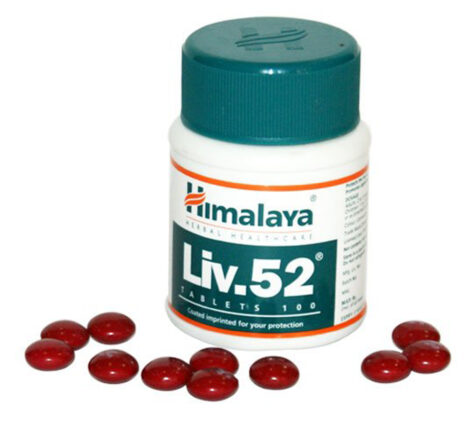International Protection Of Trademarks
Introduction
Trademark protection is territorial in nature unlike Copyrights. This means that if a mark is protected in one country, it is only protected in that country and a similar mark in another country would not amount to infringement. Hence, it is necessary to protect trademark internationally.
More often than not, companies consider international registration of their trademark when it is too late; like when the company has entered a foreign market and been in operation and later on finds another company with similar trade name; or a company enters a foreign market and is sued by an already existing company with a similar trademark. In both the cases, the company gets no trademark protection as it was not registered in the country at all. Registration of trademark in international market ensures the protection of the trademark in that country as if the trademark originated in that country.
The article is explained keeping in view that the origin country or the country in which the trademark was first registered .
Protection of Trademarks Internationally
There are three important procedures to register a trademark internationally. They are:
- Registration under the countries manually
- The Madrid System
- The CTM System
Registration under the Countries Manually
In this procedure, an applicant is to register his trademark manually in every country he wishes to protect his mark. This procedure requires the applicant to follow all the procedures a country seeks in order to register a trademark. Registering in every country manually is only feasible if one is applying for registration in lesser number of countries. A manual registration for numerous countries is bulky and impractical as it takes a lot of time and is not very cost effective.
The Madrid System
The Madrid system consists of the Madrid Agreement and the Madrid Protocol. The Madrid Protocol is not the protocol to the Madrid Agreement but is an entirely different treaty. Countries being a part of the Madrid System, be it through the agreement or the protocol are called contracting parties. The Madrid Union currently has 107 members. India joined the Madrid Protocol on July 8th 2013. The Madrid System, administered by WIPO, provides for an effective, simple and cost effective basis for international registration of trademarks.
Requirements for registration under the Madrid System:
The following are the essentials for an Indian company to register the trademark internationally through Madrid System-
- Nationality of the applicant– The applicant must be Indian. Either a citizen or domiciled in India. He must also have real and effective business in India.
- Registered trademark– To use the Madrid System, the trademark that the applicant wishes to register internationally must first be registered under Indian Trademarks Registry. The application for registration in the Indian Trademark Registry will be used as the base for the international application for registration. The trademark, the list of goods and services provided by the trademark must be same in the international application as it is in the Indian application.
- Choose the member countries- The applicant is given the opportunity to choose the countries that follow the Madrid System in which he/she seeks trademark protection. In case the origin country of the applicant trademark is only a member under Madrid Agreement and not under the Madrid Protocols, then the applicant can seek for trademark protection under only those countries that are the members of Madrid Agreement. Similarly, if the origin country is a member of Madrid Protocol then the applicant gets protection only in the countries that are members of the Madrid Protocols. If the origin country is a member of both the protocol and agreement, the applicant gains protection in all the member coun tries.
- Language of application- The application for international registration must be filed in one of the official languages of WIPO i.e., English, French or Spanish.
- Fees- The applicant is required to pay the prescribed fee in Swiss Francs.
Procedure for Registration:
After paying of the prescribed fee, the following procedures take place for the registration of the trademark:
- Examination of the application: The office of origin of the country has the duty to examine the international application alongside the basic application. Basic application is the application which the office of origin considers as a base to check the international application. It is the duty of the office of origin to check if the information provided and the mark mentioned in the international application is the same as that in the basic application.
- Receipt by the International Bureau: The International Bureau is to receive the international application within two months of the initial date. After such receipt, the International Bureau checks the application, the mentioned goods and services, the fee paid etc., and sends the application back in case there are any mistakes. The applicant then gets three months’ time to rectify the mistakes and resend it. If the applicant fails to rectify the same, the application is considered abandoned. On successful examination, the Bureau publishes the mark in the gazette, records it in the International Register and informs all the specified countries regarding the application to seeks approval and grants of trademark registration.
- Receipt in the Office of the Contracting Party: Once the contracting party receives the application, it follows the same procedure it would follow had the application been submitted in that country. If any objections are seen, the office declares a provisional refusal to registration. The time limit for provisional refusal for India is 18 months from the receipt of the application from the International Bureau.
International registration of trademark through Madrid System is valid for 10 years and can be renewed after expiry of the term on payment of the prescribed fees.
The CTM System
The Community Trademark System ensures protection of a trademark in all 27 member states of the European Union. In this system, unlike in the Madrid System, the applicants cannot choose the member states for protecting his trademark. Once an application is made under this system, the protection is extended to all the member states.
Procedure for registration:
- Filling the application form: The application form seeking for registration of the trademark is to be filled at the Office for Harmonization in the Internal Market (OHIM). The application must include the details of both the applicant and the goods and services the mark is to offer. The application must also contain a photo of the logo, if any, of the trademark. Once the application is filled, the applicant is required to pay the prescribed fee, depending on the class of goods and services applied for.
- Examination of the application: Once the application is submitted, the office examines the application for any mistakes and the fee paid. If there are any mistakes, the applicant is to rectify it. The application, when clear, will be published. Once published, there will be a time period of three months allotted for any objections.
- Registration of the mark: At the expiry of three months from the publication without any objection or a positive outcome of the objection raised, the mark is registered and published under the classes specified in the application.
International registration of trademark through the CTM System is valid for 10 years and can be renewed after expiry of the term on payment of the prescribed fees.
Conclusion
International Registration has a lot of advantages in regards to the availability of protection in a lot of countries simultaneously. Further, international registration procedures like the Madrid System and the CTM are cost and time effective. However, there are quite a number of disadvantages of these processes of international registration. The Madrid System of registration seeks for registration in the origin country. If there is no registration in the origin country, the registration in international countries is impossible. Similarly, if there is an alteration or modification in the origin country, it is effective to the international countries as well. If the status of the trademark is altered in the origin country, the status is altered in the other countries as well.
The CTM System is a unitary system. This means that one either gets a registration in all the countries or none at all. If there is a refusal in even one of the states of the European Union, the mark stands refused in all the states. Hence, the International Registration of trademarks, though is advantageous has a demerits too.
References Olivia Maria Baratta, Christine P. James, Allisen Pawlenty-Altman and Jason M. Vogel, Kilpatrick Townsend & Stockton LLP, International Trademark Protection https://www.kilpatricktownsend.com/~/media/Files/articles/2013/International%20Trademark%20Protection%2095056643%203.ashx Vicenç Feliú International Trademark Law – The Madrid System https://www.nyulawglobal.org/globalex/International_Trademark_Law.html Christine Chiramel The Madrid Protocol And Its Applicability In India https://www.mondaq.com/india/trademark/142818/the-madrid-protocol-and-its-applicability-in-india Giulia Mugnaini Welcome to the European Trademark section https://www.ufficiobrevetti.it/en/trademarks/european-trademark/ THE MADRID PROTOCOL: A ROUTE TO GLOBAL BRANDING https://ipindia.gov.in/writereaddata/Portal/IPOGuidelinesManuals/1_93_1_THE_MADRID_PROTOCOL.pdf International Trademark Registration https://www.indiafilings.com/learn/international-trademark-registration/




